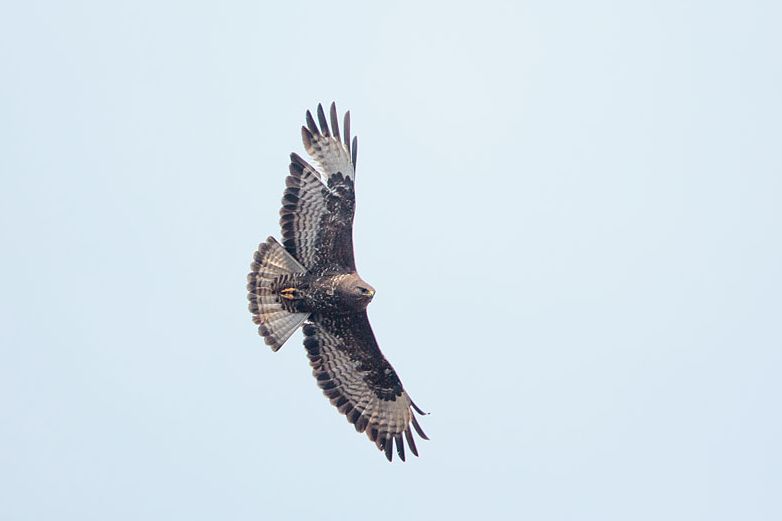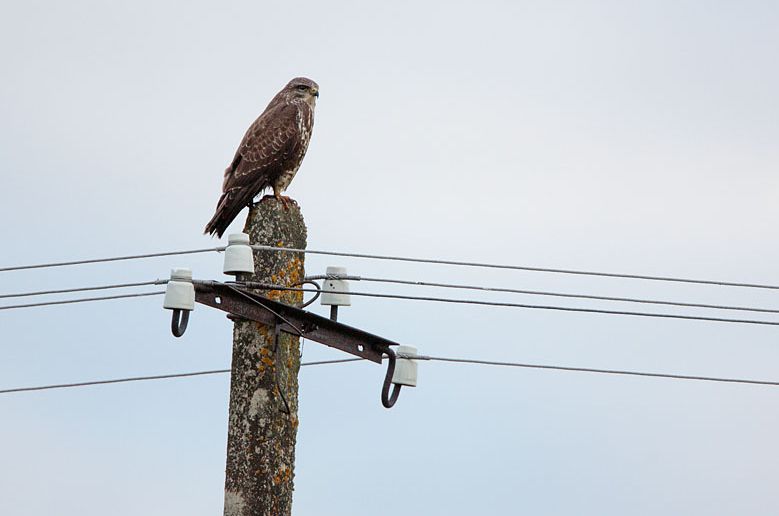Video recorded by Lusy, LK forum
Photos Arne Ader
Translation Liis
In the video we recognize the nesters of last year, the smaller male Mihkel with greyish plumage and sturdy and strong female Mari
Buzzard; Common buzzard Hiireviu Buteo buteo
March has been wintery, the first nest visit of the buzzard pair was noted on March 13. In the last few days we have seen them diligently carrying nest materials; through the camera microphone we can hear their calls and follow their daily doings in the webcam. The mild winter allowed many buzzards to winter in Estonia; migrants arrived from the south already at the end of February, but the migration does not end until in April.
Buzzards are the most numerous bird of prey in Estonia as well as in all of Europe, in addition also the most frequently encountered. For nesting, they choose the verges of forests where there are good hunting spots for buzzards nearby: fields, meadows, water meadows or logging areas and there we can see them in action. They are so-called still-hunters, who sit unmoving in a tree, on a power pole or a hay ball. The brown birds, sitting in wait for prey in trees at forest verges often remain unnoticed. They fly slowly and manoeuvring ability is not as that of the fast falcons. So they sit in wait for prey in a perching spot, sometimes for hours, in order to literally ”fall on the back” of some rodent who has come close enough. Rodents are their predominant food.
Common buzzard
How to be sure that it is a buzzard when driving past on a road? It is a raven-sized bird of prey, with rounded wings and a short tail. The plumage colour may vary between individuals but the general impression is that of birds of prey with a dark brown plumage and lighter underparts. As already mentioned, the females are slightly larger, but body length of all is less than half a metre and in flight view the wing span is more than a metre. If at present you see bird with a bird of prey appearance, circling in the sky above fields it is very likely a buzzard
Common buzzard




